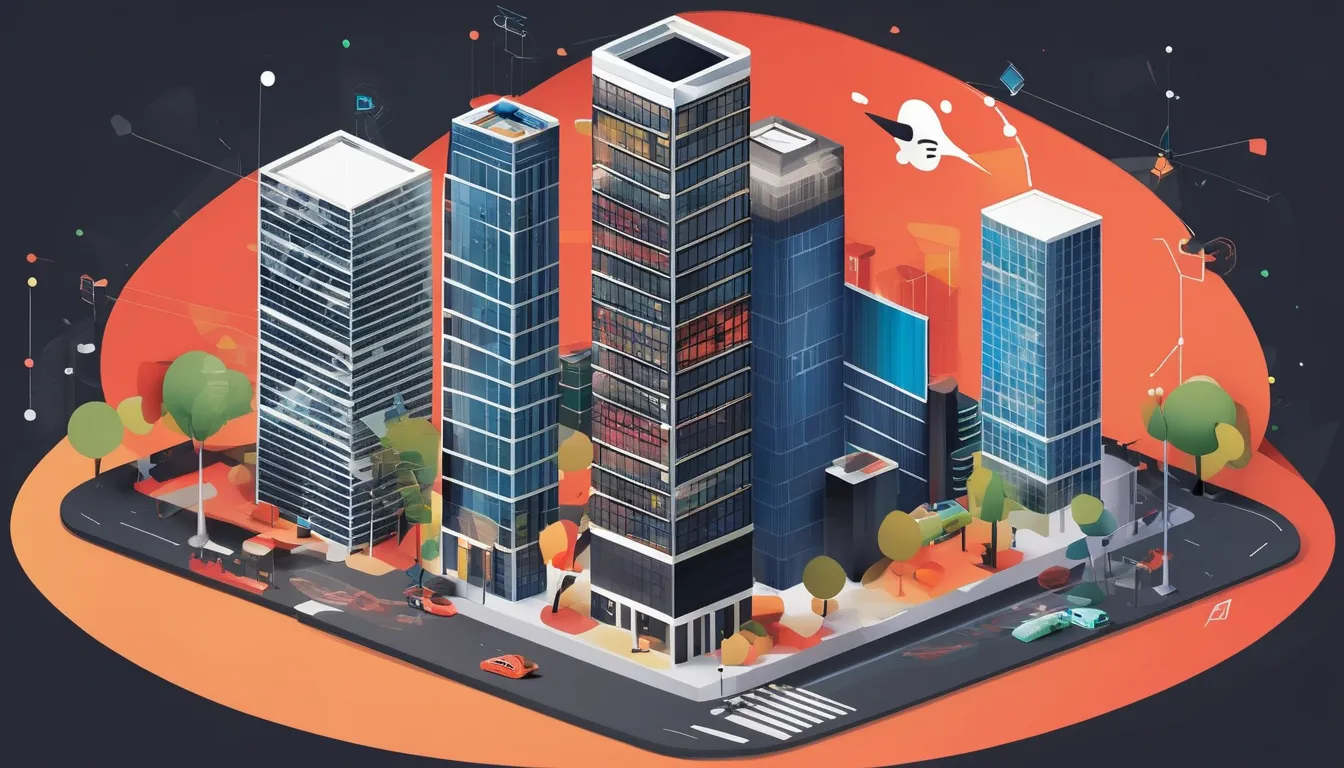As you consider developing a play-to-earn game on a Web3 platform, you’ll need to think strategically about how to create an engaging experience for your users. Web3 platforms offer unique opportunities for decentralized, secure, and transparent ecosystems, but they also present new challenges. What are the key features you should prioritize when building your game, and how can you effectively integrate blockchain technology to create a seamless user experience? Understanding the answers to these questions will be crucial to your game’s success – and we’ll explore these topics further, starting with the key features of Web3 platforms.
Key Features of Web3 Platforms
What sets Web3 platforms apart from their traditional counterparts? You’re likely to find decentralized networks, blockchain technology, and cryptocurrency integration. These features enable secure, transparent, and community-driven ecosystems that give users more control over their assets and interactions.
When you develop play-to-earn games on Web3 platforms, you’re working with decentralized networks that aren’t controlled by a single entity. This means that users can participate in decision-making processes and contribute to the platform’s growth.
Blockchain technology provides a secure and transparent way to manage transactions, ensuring that user data is protected and tamper-proof.
Cryptocurrency integration is another key feature of Web3 platforms. This allows users to earn and trade digital assets, such as tokens and NFTs, within the platform.
As a developer, you can create games that reward users with these assets, providing a new revenue stream and enhancing the overall gaming experience.
Play-to-Earn Game Development Process
How do you turn a concept into a fully-fledged play-to-earn game that captivates users and drives revenue? You start by defining your game’s genre, target audience, and core mechanics.
Identify what makes your game unique and how it will differentiate itself from existing titles. Create a detailed game design document that outlines gameplay, art style, and technical requirements.
Next, you assemble a team of developers, designers, and artists who share your vision.
Together, you create a prototype to test core mechanics and gather feedback from a small group of users. Based on this feedback, you refine your game’s design and begin building the full version.
Throughout the development process, you prioritize user experience, ensuring that your game is engaging, intuitive, and rewarding.
You also develop a robust monetization strategy that aligns with your game’s core mechanics and appeals to your target audience.
By following this structured approach, you’ll be well on your way to creating a play-to-earn game that resonates with users and generates significant revenue.
A well-planned game development process is crucial for creating a successful play-to-earn game.
Blockchain Integration Strategies
As you build your play-to-earn game, integrating blockchain technology is a critical step that can make or break the user experience.
To ensure a seamless experience, you’ll need to choose the right blockchain integration strategy. One common approach is to use a centralized architecture, where your game server communicates directly with the blockchain. This method is relatively simple to implement but can lead to scalability issues.
A more modern approach is to use a decentralized architecture, where your game server interacts with smart contracts on the blockchain. This method provides greater scalability and security but requires more complex development.
You can also use a hybrid approach, combining elements of both centralized and decentralized architectures.
When selecting a blockchain integration strategy, consider factors such as scalability, security, and gas fees. You’ll also need to choose a suitable blockchain platform, such as Ethereum or Polkadot, that aligns with your game’s requirements.
Additionally, ensure that your integration strategy allows Thirdweb smooth user onboarding and transaction processing to maintain a positive user experience.
Creating Engaging Game Economies
With a solid blockchain integration strategy in place, you’re now ready to focus on crafting an engaging game economy that drives player engagement and retention. A well-designed economy should incentivize players to participate, create value, and contribute to the game’s ecosystem.
To achieve this, you need to balance key factors, such as scarcity, rewards, and player progression. Here’s a breakdown of essential components:
| Component | Description |
|---|---|
| Tokenomics | Define token supply, distribution, and usage to create a sustainable economy. |
| Resource Management | Balance resource scarcity and availability to encourage player engagement. |
| Reward Schedules | Design reward structures that motivate players to participate and progress. |
| Player Progression | Create a clear progression path that unlocks new content and opportunities. |
| Feedback Loops | Implement feedback mechanisms to monitor and adjust the economy as needed. |
Monetizing Games on Web3
Monetizing games on Web3 presents numerous opportunities, offering a fresh take on traditional revenue streams and enabling developers to tap into the vast potential of blockchain-based ecosystems.
You can create new revenue streams by leveraging the unique features of Web3, such as token-based economies and decentralized marketplaces.
When it comes to monetizing your game on Web3, you have several options to consider. Here are a few:
- Token sales: Sell in-game tokens or NFTs to players, providing them with unique items or exclusive access to game features.
- Transaction fees: Charge a small fee for transactions made within the game, such as buying or selling items on a decentralized marketplace.
- Advertising: Partner with brands to display ads within the game, providing a new revenue stream without disrupting the player experience.
- Sponsorships: Partner with brands to create sponsored content, such as custom game modes or exclusive items, providing a new revenue stream and increasing player engagement.
- Premium features: Offer premium features or subscriptions, providing players with exclusive access to game content or perks.
Conclusion
You’re now equipped to develop play-to-earn games on Web3 platforms that prioritize user experience, blockchain integration, and engaging game economies. Effective monetization models and tokenomics are crucial to your game’s success. By implementing strategies for resource management, reward schedules, and player progression, you’ll attract and retain players. Get ready to revolutionize the gaming industry with your Web3 game, giving players control over their assets and interactions in a decentralized, secure, and transparent ecosystem.






